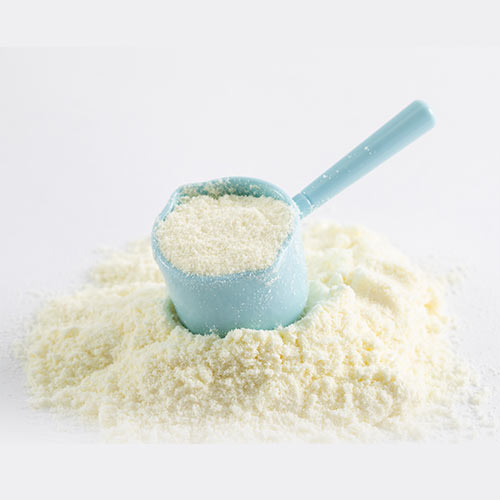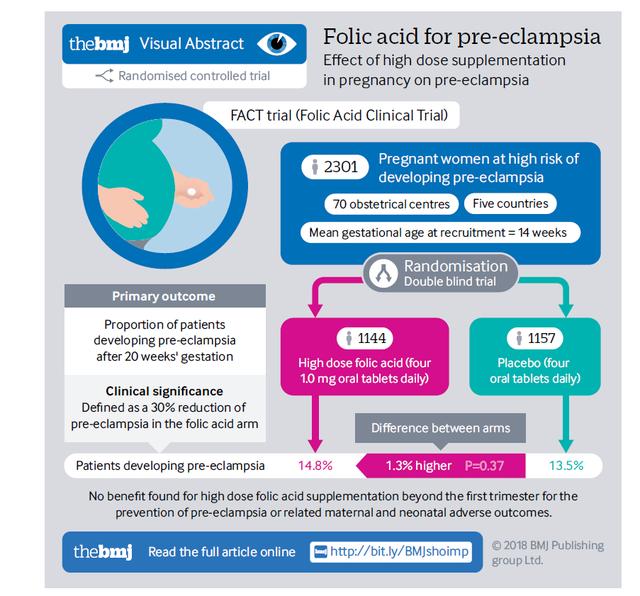“Attention, new moms! Could your baby's first taste of milk actually contain Unmetabolized Folic Acid? Alarmingly, 98.1% of breast milk samples have been found to include this substance.”
Breast milk, a gift of nature, is widely hailed as the ideal nourishment for newborns.It not only provides essential nutrients to every cell in a baby's body but also, like a mother's gentle hug, is packed with antibodies that bolster the baby's developing immune system. Yet, as science progresses, we're uncovering that even the most natural elements may hold mysteries we're still deciphering.
In 2017, findings by Canadian researchers sparked widespread concern among new mothers: of the 561 breast milk samples taken from mothers 2 to 10 weeks postpartum, a remarkable 96.1% tested positive for UMFA. What's more, mothers who took more than 400μg of folic acid supplements daily had UMFA levels in their milk that were 1.26 times higher than those who didn't supplement with folic acid. This discovery challenges our traditional views on folic acid supplementation and calls for a reassessment. While we recognize the importance of folic acid in preventing neural tube defects, the potential effects of excessive intake and its presence in breast milk on infant health warrant careful consideration.
"On this journey of love, let's demystify the presence of Unmetabolized Folic Acid in breast milk together, ensuring that every child thrives with the nurturing care of maternal love."
The Origin of Unmetabolized Folic Acid
Folic acid, a form of synthetic folate, embarks on a complex biochemical journey within our bodies. It relies on enzymes like dihydrofolate reductase (DHFR) and 5,10-methylenetetrahydrofolate reductase (MTHFR) to transform it into the active, endogenous 6S-5-methyltetrahydrofolate. This compound is integral to the intricate cycle of folate metabolism. However, this metabolic dance isn't always in harmony. When maternal intake of folate surpasses 200μg daily, DHFR's capacity for conversion may hit a plateau, hindering the conversion of folic acid into its active state. Consequently, there's an elevated risk of unmetabolized folic acid (UMFA) accumulating in the body, particularly when MTHFR faces metabolic roadblocks, intensifying the potential for UMFA buildup.
Potential Impact of Unmetabolized Folic Acid on Baby's Health
Breast milk, a nutrient-rich elixir embodying a mother's love, is a wellspring of life for infants. Yet, advancing science has unveiled that this nourishment might also carry unmetabolized folic acid, posing unforeseen health implications for our little ones.
Allergies: Recent studies have uncovered a troubling link: elevated levels of UMFA in an infant's blood at birth could be correlated with the later development of food allergies. This correlation might stem from in-utero exposure to synthetic folic acid or genetic variations in folate metabolism, offering a novel perspective on the etiology of food allergies.
Effect on Immunity: The presence of UMFA could also impact an infant's immune defenses. Natural killer (NK) cells, vital defenders against viral infections and cancer, may see their cytotoxic capabilities inversely related to blood folate levels. This suggests that UMFA could potentially weaken an infant's immune system, a matter of grave concern for parents everywhere.
How then can we ensure the safety and purity of the nourishment we provide to our babies?"
The Prudent Choice: Opting for Naturalization folate to avoid Unmetabolized Folic Acid
Folate, an essential vitamin for overall health, plays a critical role during pregnancy, where it plays an irreplaceable role in preventing birth defects. However, as awareness of the potential risks of unmetabolized folic acid grows, many mothers are seeking safer ways to supplement with folate. Fortunately, scientific advancements have provided us with an ideal solution—active folate.
Compared to synthetic folic acid, active folate is not subject to enzymatic constraints and can be absorbed directly, offering safer nutritional support for babies. Active folate, particularly Naturalization folate, is considered a more suitable source of folate for pregnant women and infants due to its high safety and lack of side effects. It can effectively avoid the potential risks of unmetabolized folic acid and build a strong defense for the healthy growth of babies.
Conclusion
Ensuring our children's healthy growth is a universal aspiration. By understanding the potential risks of unmetabolized folic acid and taking appropriate measures, we can provide a healthier and safer environment for our babies to grow up in. Choosing the right way to supplement with folate ensures that babies receive the best nutritional support from breast milk."
Reference:
1. Page R, Robichaud A, Arbuckle T, Fraser W, MacFarlane A. Total folate and unmetabolized folic acid in the breast milk of a cross-section of Canadian women. Am J Clin Nutr. doi:10.3945/ajcn.116.137968.
2. Pietrzik K, Bailey L, Shane B. Folic Acid and L-5-Methyltetrahydrofolate Comparison of Clinical Pharmacokinetics and Pharmacodynamics. Clin Pharmacokinet. 2010;49(8):535-548. doi:10.2165/11532990-000000000-00000.
3. Bailey SW, Ayling JE. The extremely slow and variable activity of dihydrofolate reductase in human liver and its implications for high folic acid intake. Proc Natl Acad Sci U S A. 2009;106(36):15424-15429. doi:10.1073/pnas.0902072106.
4. McGowan EC, Hong X, Selhub J, et al. Association Between Folate Metabolites and the Development of Food Allergy in Children. J Allergy Clin Immunol Pract. 2019. https://doi.org/10.1016/j.jaip.2019.06.017.
5. Troen AM, Mitchell B, Sorensen B, et al. Unmetabolized Folic Acid in Plasma Is Associated with Reduced Natural Killer Cell Cytotoxicity among Postmenopausal Women. J Nutr. 2006;136(1):189-194. doi:10.1093/jn/136.1.189.
6.Wang Shouwen, Zhang Qizong, Zhang Ting, Wang Li. Research Progress on 5-Methyltetrahydrofolate in the Prevention of Folate Deficiency [J]. International Journal of Pediatrics, 2020, 47(10): 723-726. DOI: 10.3760/cma.j.issn.1673-4408.2020.10.011.
7. Lian Zenglin, Liu Kang, Gu Jinhua, Cheng Yongzhi, et al. Biological Characteristics and Applications of Folate and 5-Methyltetrahydrofolate. Food Additives in China, Issue 2, 2022.

 English
English Español
Español  Português
Português  русский
русский  Français
Français  日本語
日本語  Deutsch
Deutsch  tiếng Việt
tiếng Việt  Italiano
Italiano  Nederlands
Nederlands  ภาษาไทย
ภาษาไทย  Polski
Polski  한국어
한국어  Svenska
Svenska  magyar
magyar  Malay
Malay  বাংলা ভাষার
বাংলা ভাষার  Dansk
Dansk  Suomi
Suomi  हिन्दी
हिन्दी  Pilipino
Pilipino  Türkçe
Türkçe  Gaeilge
Gaeilge  العربية
العربية  Indonesia
Indonesia  Norsk
Norsk  تمل
تمل  český
český  ελληνικά
ελληνικά  український
український  Javanese
Javanese  فارسی
فارسی  தமிழ்
தமிழ்  తెలుగు
తెలుగు  नेपाली
नेपाली  Burmese
Burmese  български
български  ລາວ
ລາວ  Latine
Latine  Қазақша
Қазақша  Euskal
Euskal  Azərbaycan
Azərbaycan  Slovenský jazyk
Slovenský jazyk  Македонски
Македонски  Lietuvos
Lietuvos  Eesti Keel
Eesti Keel  Română
Română  Slovenski
Slovenski  मराठी
मराठी  Srpski језик
Srpski језик 








 Online Service
Online Service